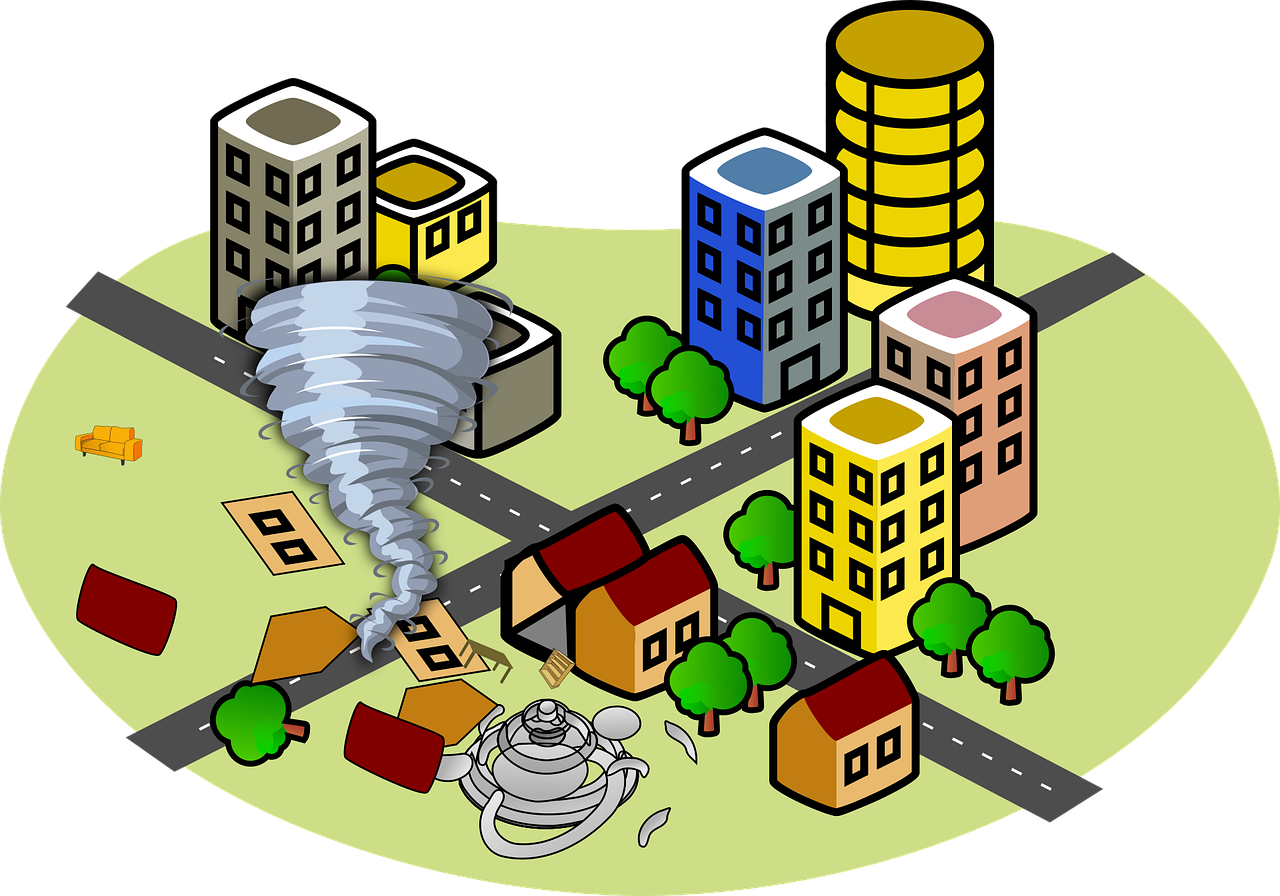IT emergencies can refer to a wide range of issues, such as power outages, hardware failures, data breaches, and software bugs. To prepare for these types of emergencies, you can take the following steps:
Develop an IT emergency response plan: This plan should outline the steps that need to be taken in the event of an emergency, such as who to contact, what to do, and who is responsible for what.
Conduct regular backups: Regularly backing up your data is crucial in the event of a data loss or hardware failure. Make sure to keep backups in a secure and accessible location, such as in the cloud or on a separate physical device.
Maintain hardware and software: Keeping hardware and software up-to-date can prevent many IT emergencies from occurring in the first place. Make sure to install updates, run anti-virus software, and perform regular maintenance on your devices.
Test your response plan: Regularly testing your IT emergency response plan can help you identify any weaknesses or areas that need improvement. This will also help your team become familiar with the plan, so they know what to do in case of an actual emergency.
Have a communication plan: During an emergency, it is important to keep all stakeholders informed of the situation. Having a communication plan in place will help to ensure that everyone is aware of the status of the emergency and any actions that are being taken.
Train your team: Make sure all team members are aware of the emergency plan and their roles in the event of an emergency. Regular training will help team members to be prepared and react quickly.
Have a disaster recovery plan: A disaster recovery plan is a comprehensive and detailed plan for restoring access to critical systems and data following a disaster. This plan should include details on how to restore data, where to find backup copies, and how to reconfigure systems.
Have a Business Continuity Plan: A Business Continuity Plan (BCP) is a plan that outlines how an organization will continue to operate in the event of an emergency. This plan should include details on how to maintain critical business operations and how to protect people, property and information.
By taking these steps, you can increase your organization's readiness for IT emergencies and minimize the impact of any disruptions.



